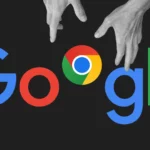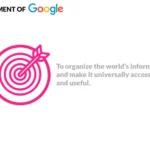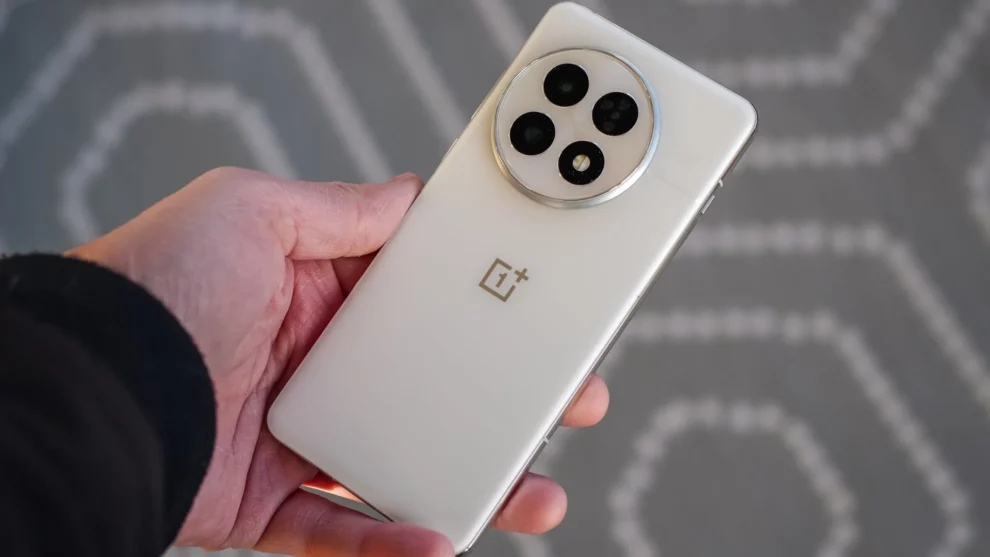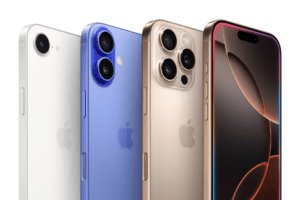OnePlus has emerged as a formidable force in the global smartphone market, with its latest flagship OnePlus 13 garnering widespread acclaim. However, the company’s limited carrier partnerships in the United States continue to hamper its potential for mainstream success in one of the world’s most lucrative smartphone markets.
The Chinese manufacturer’s latest offering has been praised for its exceptional hardware and refined user experience, positioning it as a worthy competitor to industry giants Apple and Samsung. Yet, the company’s strategic decision to minimize carrier partnerships significantly restricts its market reach, particularly in a country where most consumers still rely heavily on wireless carriers for their smartphone purchases.
The complexities of carrier partnerships in the U.S. market present multiple challenges for OnePlus. These include rigorous device certification processes, carrier-specific software requirements, and the need for hardware modifications to support various network technologies. The implementation of 5G technology adds another layer of complexity, as carriers often require support for mmWave 5G, which the OnePlus 13 currently lacks.
Historical data from the smartphone industry underscores the crucial role of carrier partnerships in achieving market success. Apple’s revolutionary approach with the original iPhone, exclusively partnering with AT&T in the U.S. and O2 in the UK, marked a significant shift in manufacturer-carrier relationships. Samsung later followed suit, developing strong carrier partnerships that helped establish its dominant position in the Android market.
OnePlus’s previous attempt at carrier collaboration with T-Mobile revealed the inherent challenges of such partnerships. The arrangement required compromises to OnePlus’s core philosophy of delivering a clean, streamlined software experience, as T-Mobile devices came preloaded with carrier apps and relied on the carrier for software updates rather than receiving them directly from OnePlus.
The resource demands of maintaining carrier partnerships also pose significant challenges for OnePlus. These include developing multiple software builds to meet carrier-specific requirements, potentially modifying hardware specifications for different markets, and investing in substantial marketing efforts to support these partnerships. The marketing aspect, in particular, represents a considerable hurdle, as successful carrier relationships often require significant advertising investments to drive consumer demand.

Despite these challenges, OnePlus’s current product lineup, particularly the OnePlus 13 and OnePlus Open, demonstrates the company’s capability to produce premium devices that compete with industry leaders. The quality of these devices suggests that now might be the optimal time for OnePlus to revisit its carrier strategy in the United States.
However, the company faces a significant dilemma. While its hardware and software capabilities continue to impress, the substantial marketing budgets required to compete effectively through carrier channels remain a major obstacle. Unlike Apple, Samsung, and Google, which invest heavily in traditional advertising channels including television commercials, OnePlus and its parent company Oppo currently lack the marketing resources to support such extensive promotional efforts.
This limitation creates a challenging cycle: without strong carrier partnerships, OnePlus struggles to reach mainstream American consumers, but without a larger market presence, it’s difficult to justify the substantial investments required to build and maintain these partnerships. Breaking this cycle could be crucial for OnePlus’s future growth in the U.S. market, where Apple and Samsung currently dominate carrier sales channels.
As OnePlus continues to refine its products and build its brand, finding a solution to this carrier partnership challenge could be the key to unlocking its full potential in the U.S. market. Until then, the company’s excellent devices may remain somewhat hidden gems, appreciated by technology enthusiasts but overlooked by mainstream consumers who primarily shop through their wireless carriers.














Add Comment